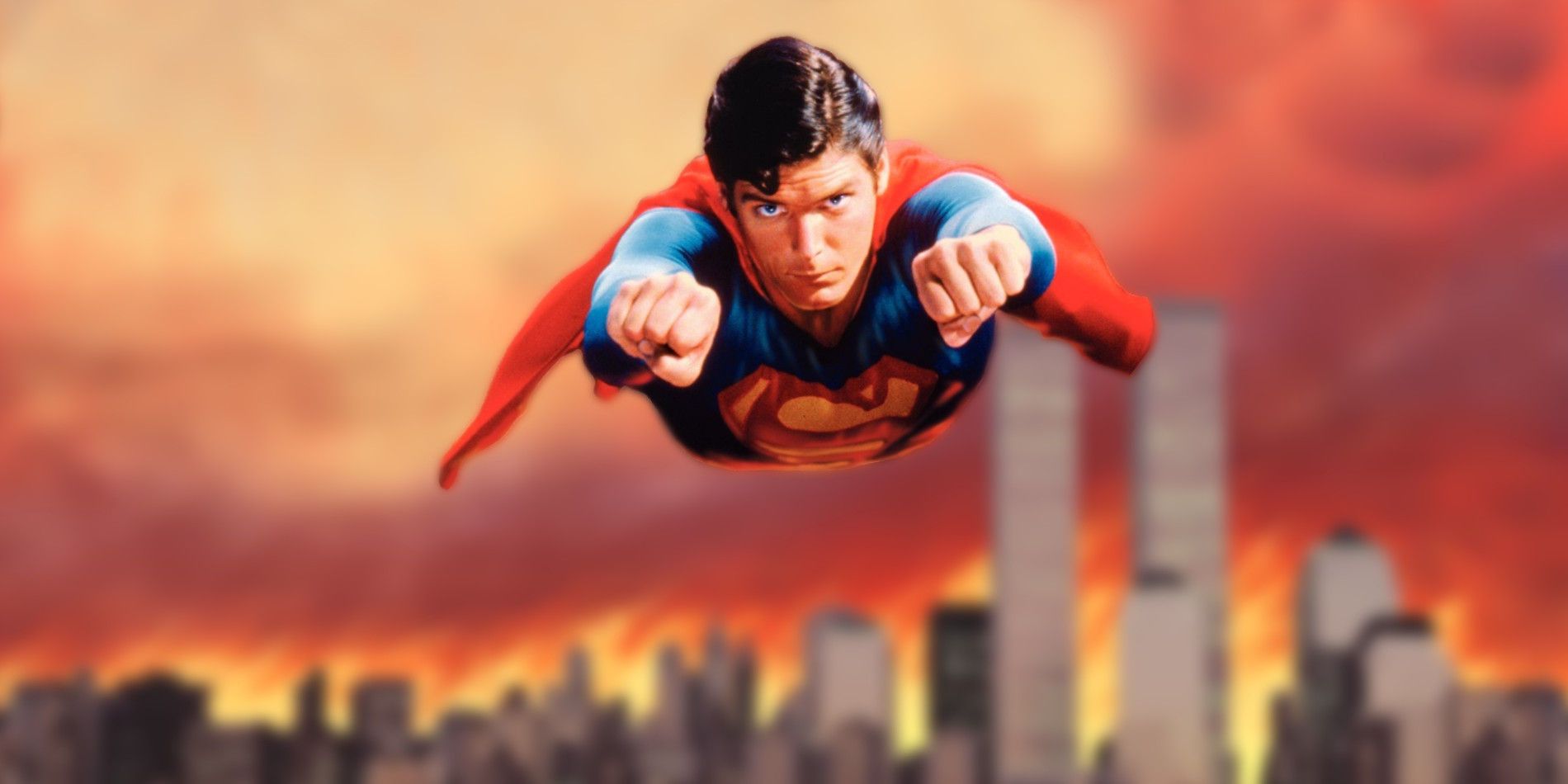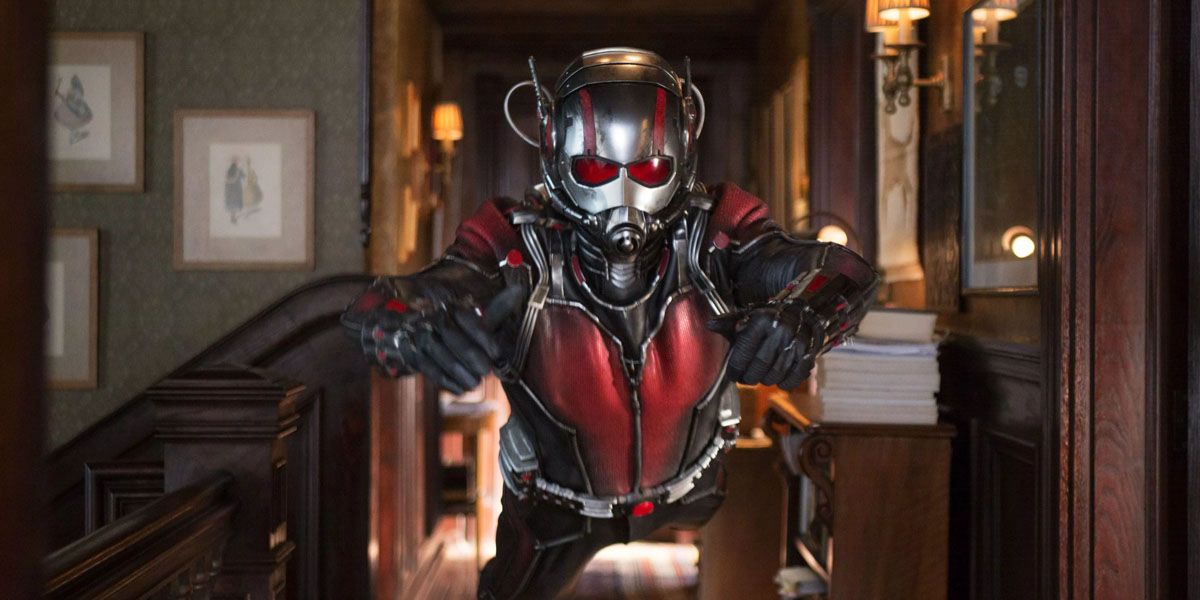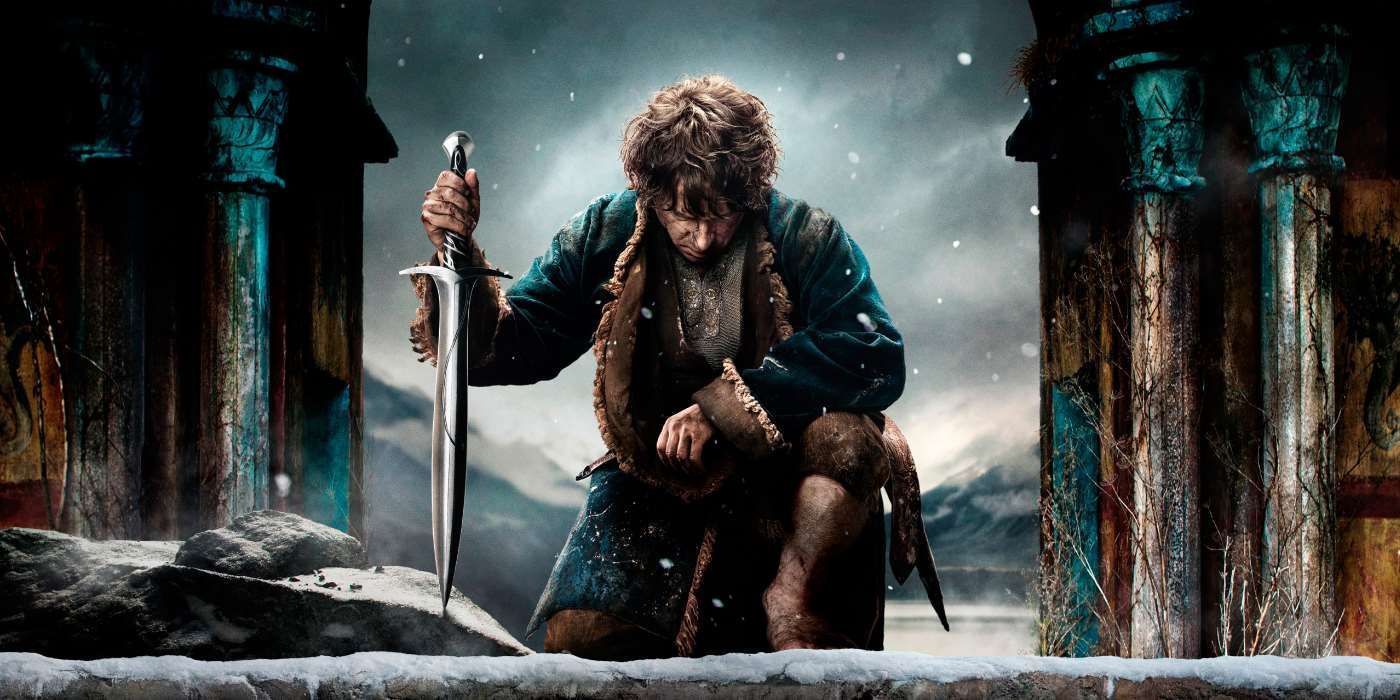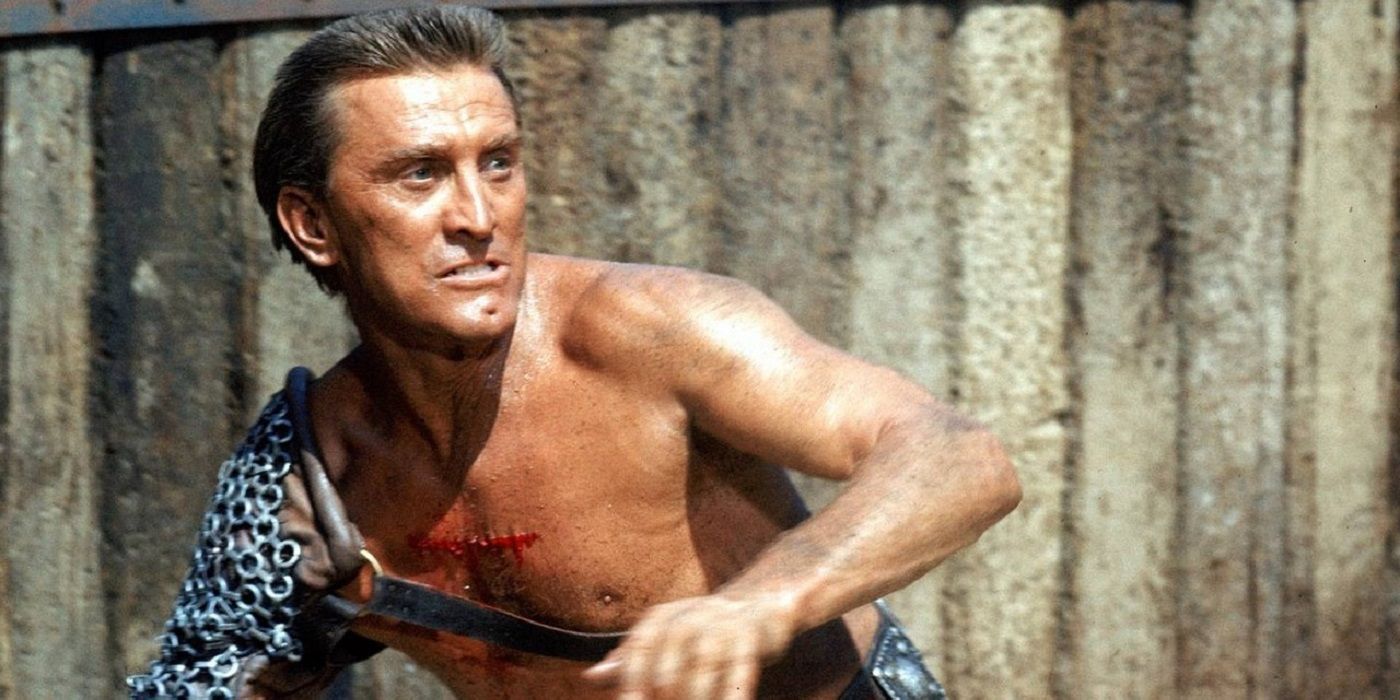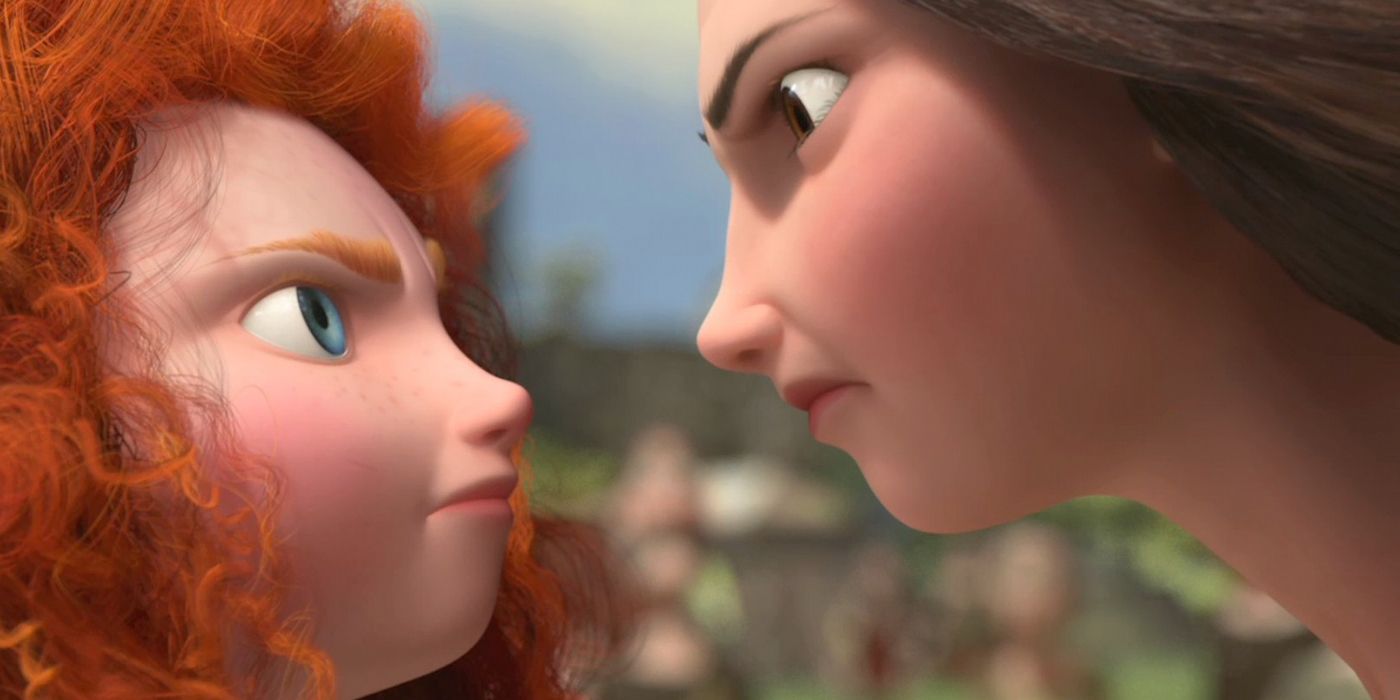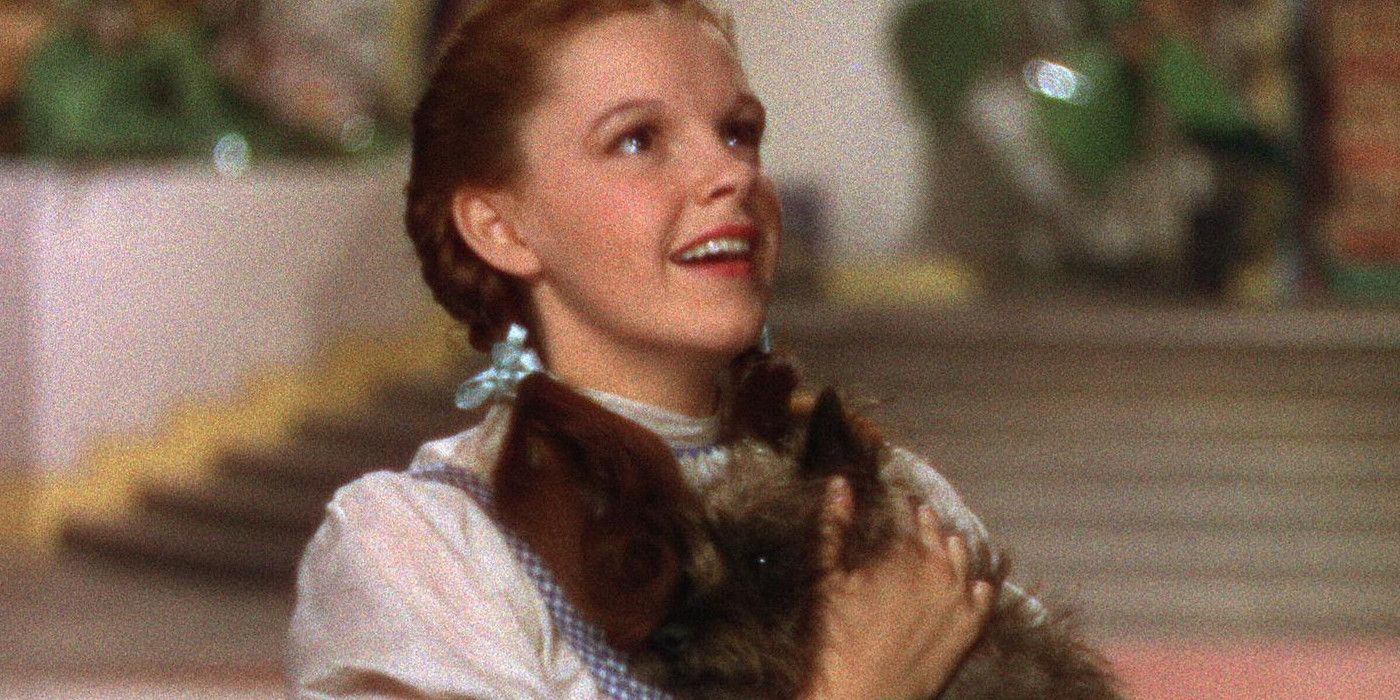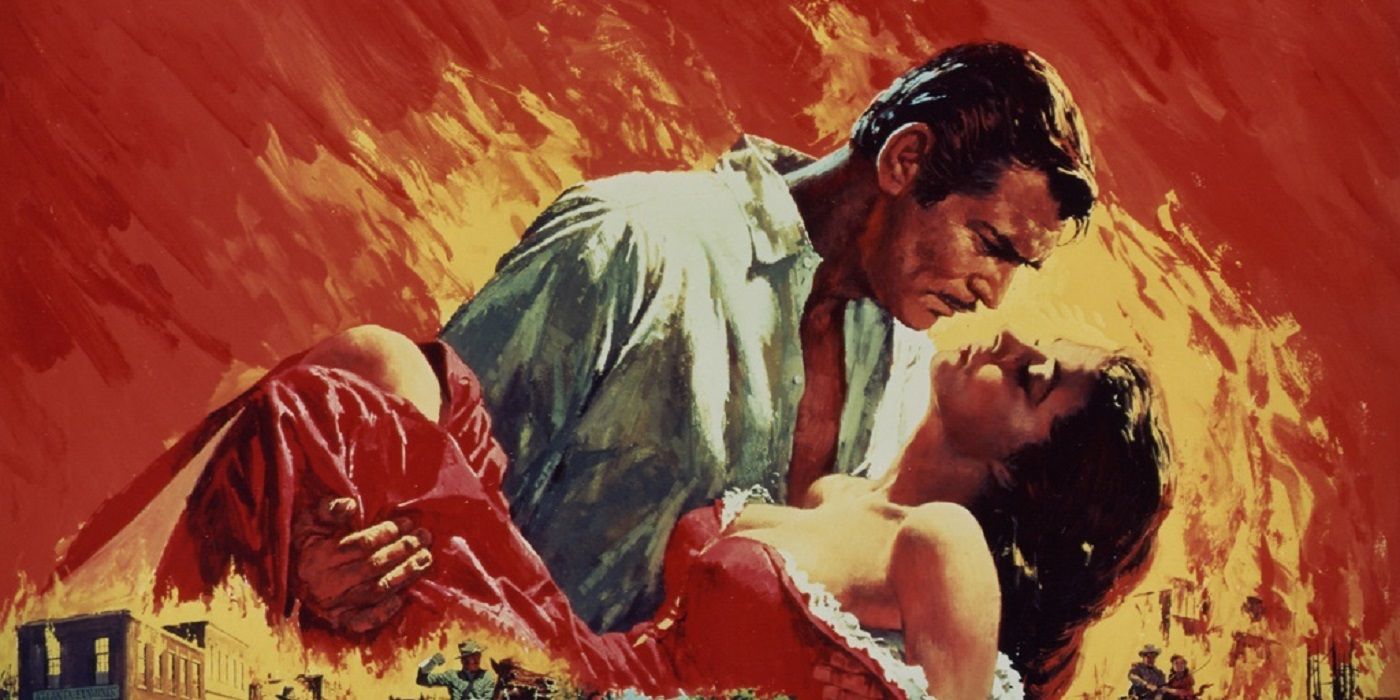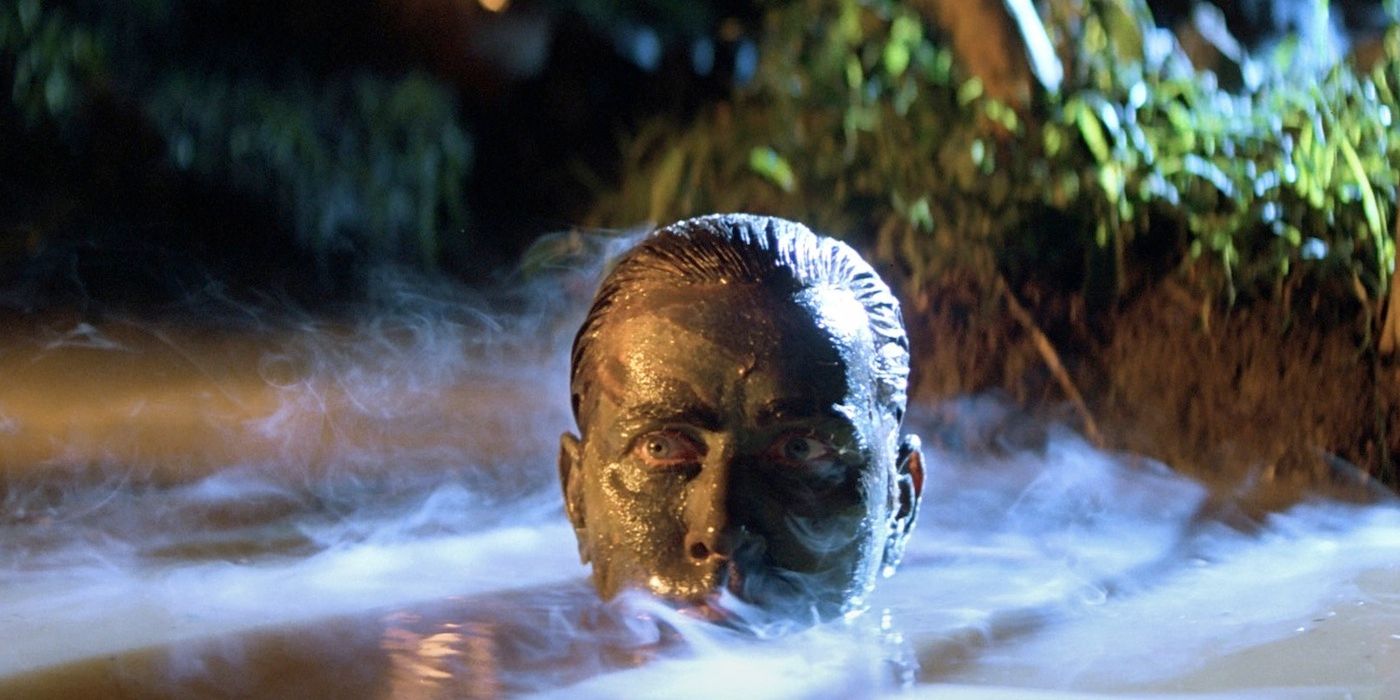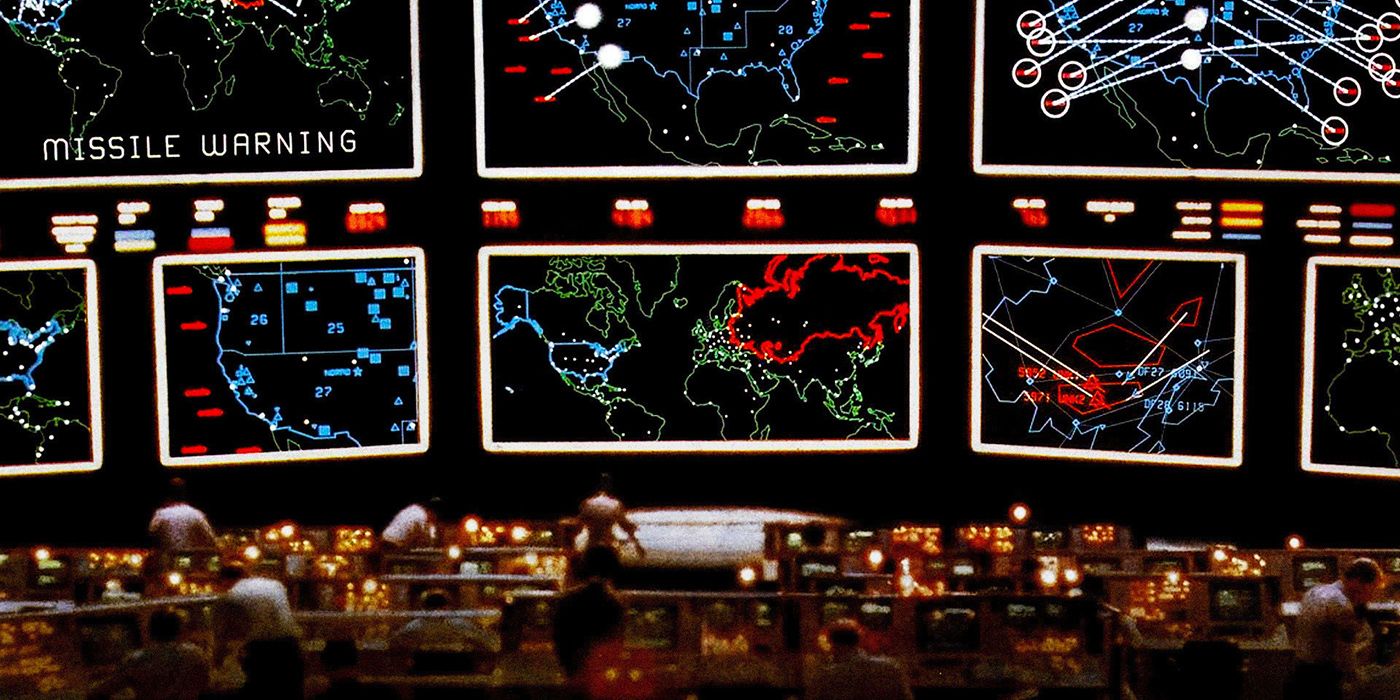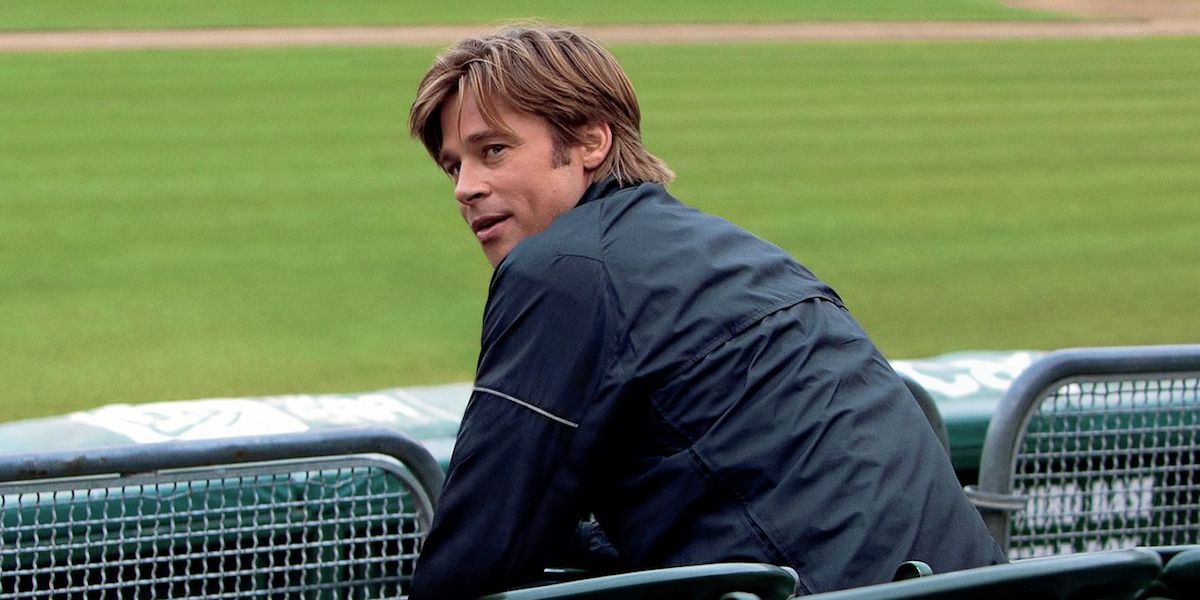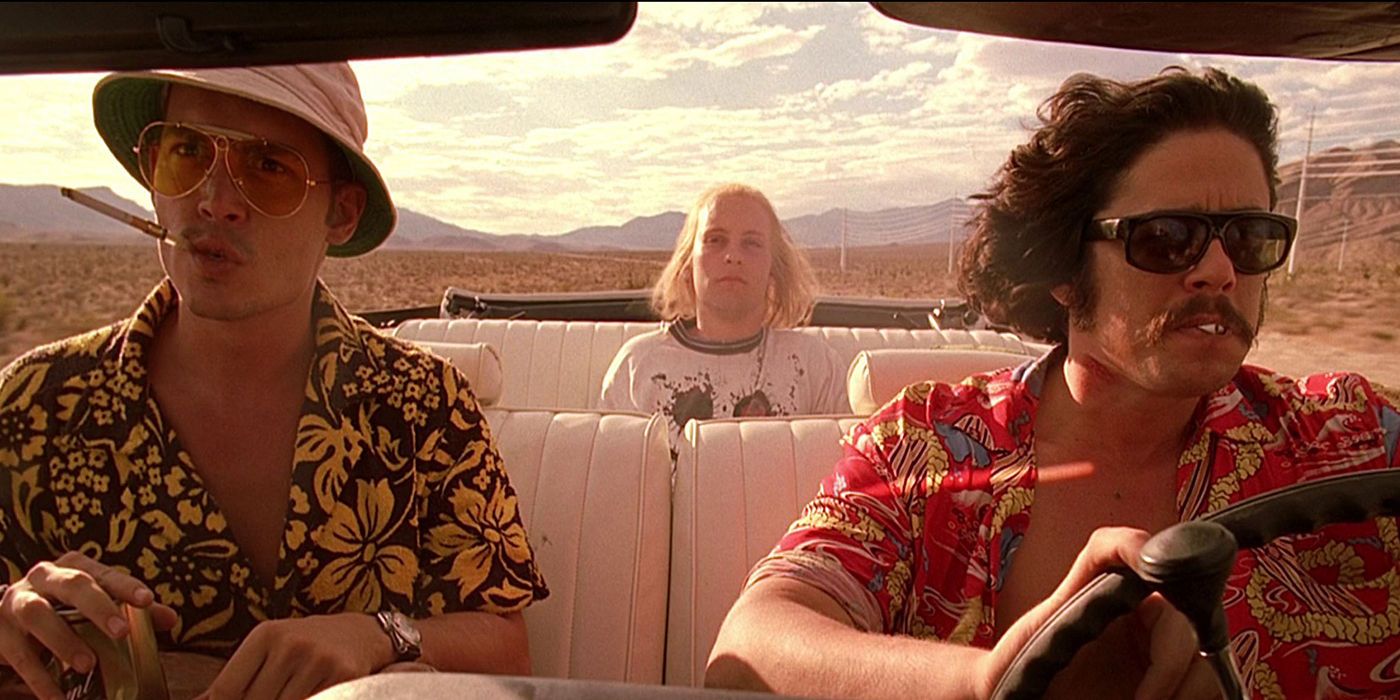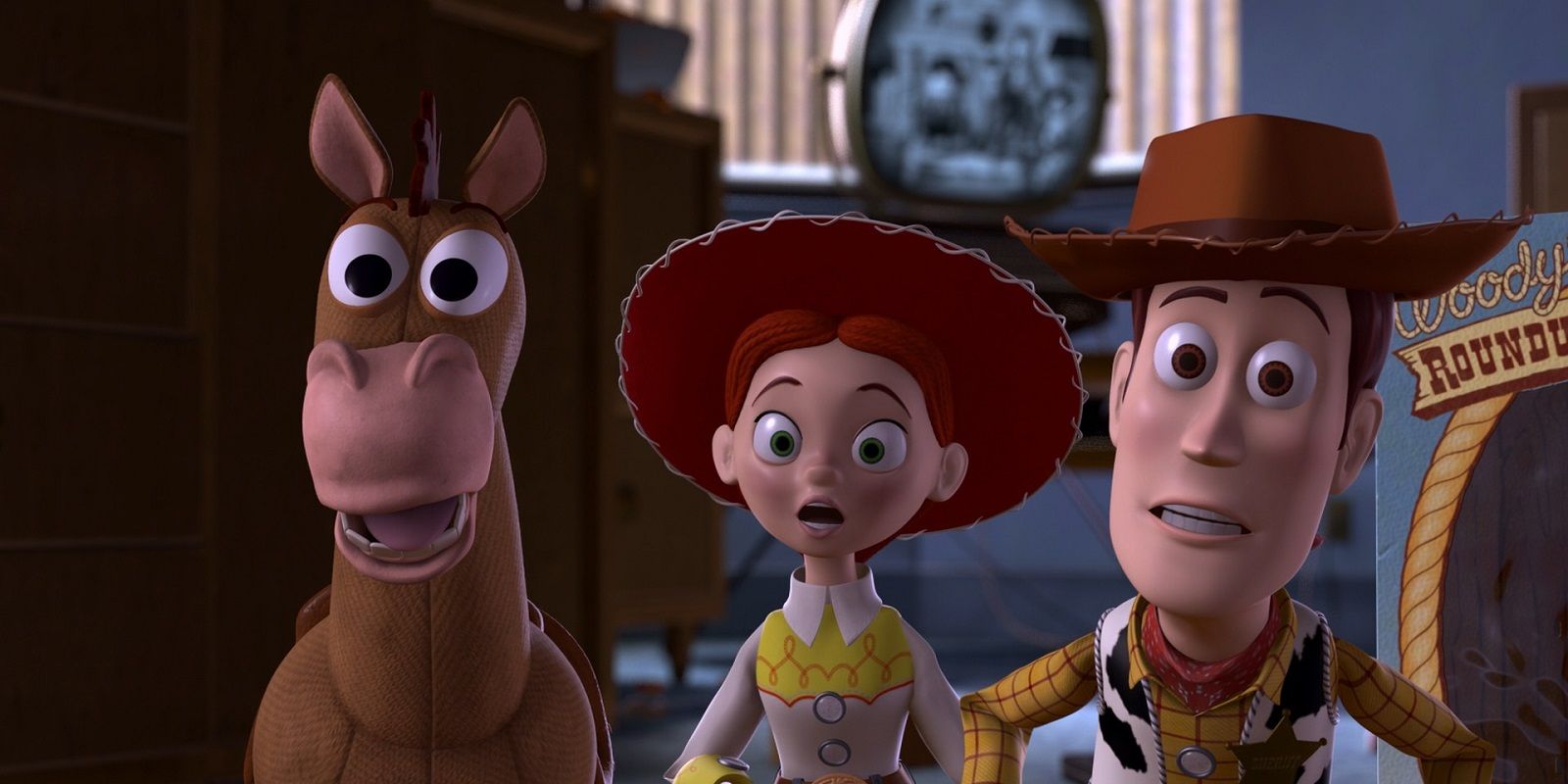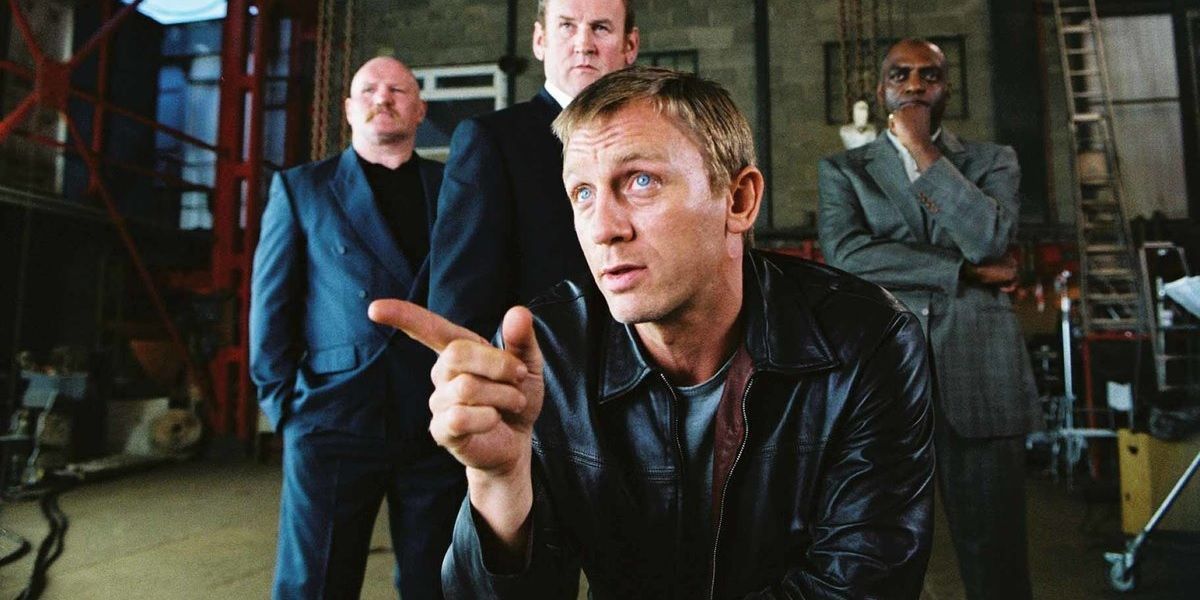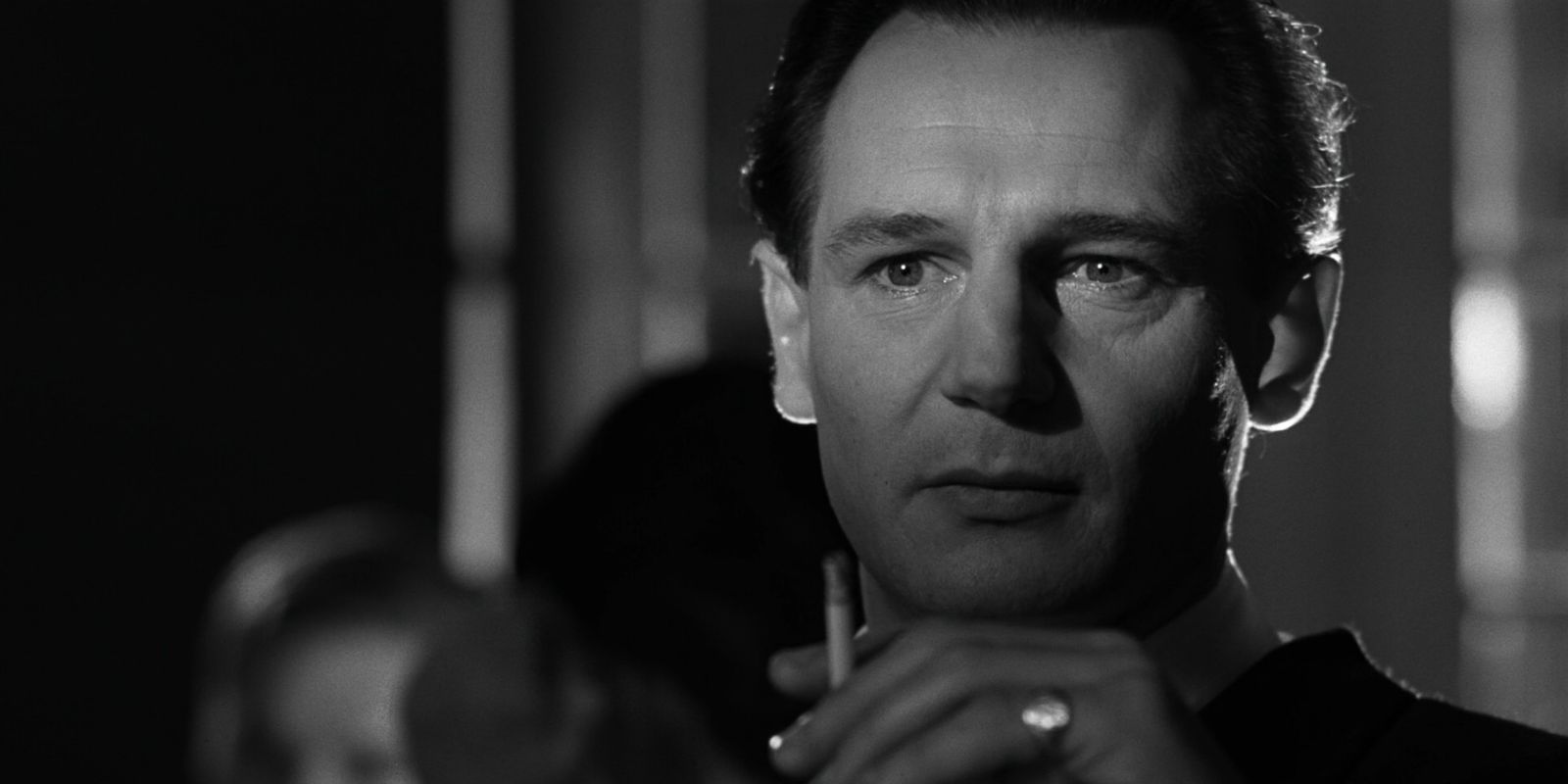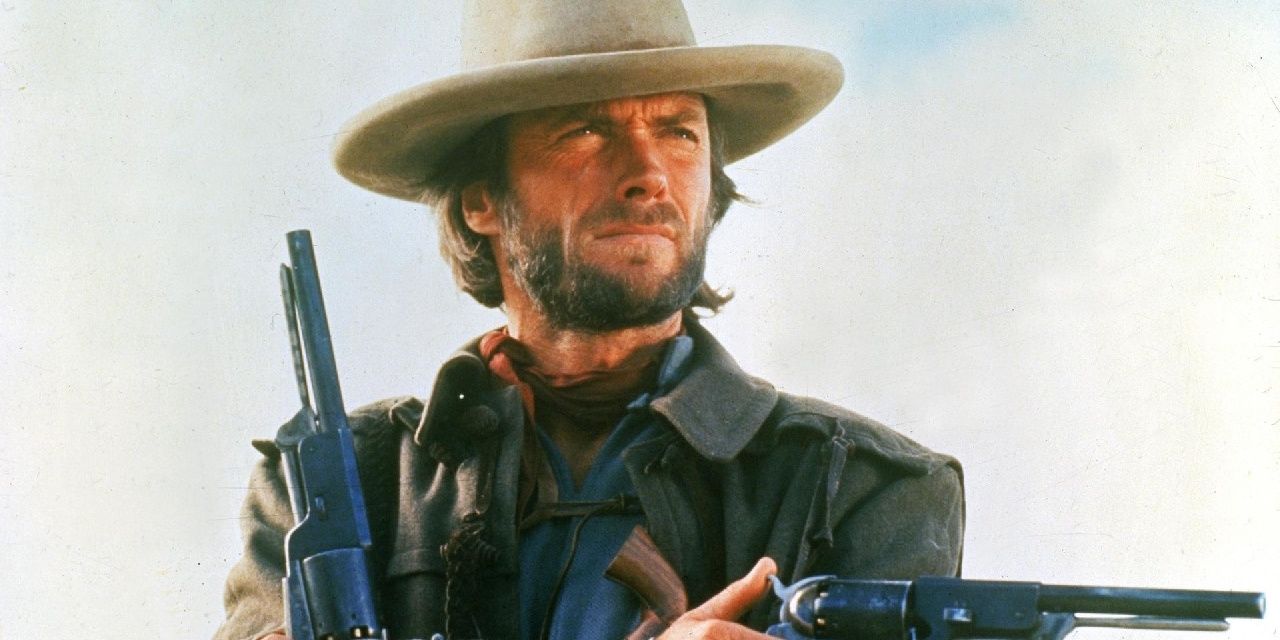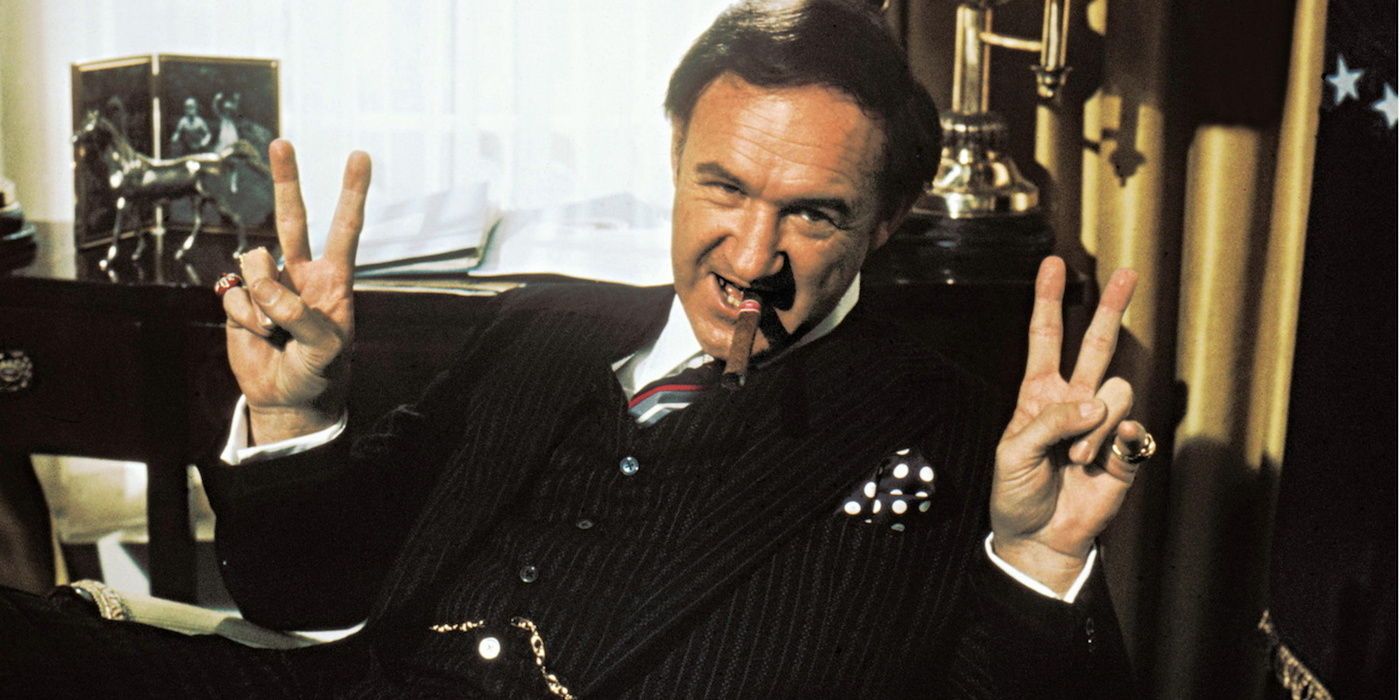Every movie is created by a team of hundreds of people working together towards the common goal of entertaining the masses with a great work of art. However, there is always one person at the top of the food chain: the director, whose word is law and whose will is absolute. If a movie is a ship, the director is the captain at the helm, steering it towards its destination and hoping to avoid any rough waters.
However, in the complex world of Hollywood filmmaking, anyone can be replaced, including the director. The films on this list started life under the direction of one person, but released to theaters under the leadership of another. Yet, despite the behind-the-scenes changes, they still turned out to be excellent pieces of cinematic splendor. Regardless of the struggles incurred during development, the love and dedication of the people who make movies still managed to persevere. Here are 15 Great Movies That Replaced Their Directors.
15. Ant-Man
Every Marvel movie fanatic is at least somewhat aware of the director drama which occurred behind the scenes of 2015's Ant-Man. Edgar Wright had been developing the project for years, going as far back as San Diego Comic Con in 2006, when the grand prospects of the Marvel Cinematic Universe were just a twinkle in the eyes of studio executives.
Progress was slow but steady, and the film was eventually set for a 2015 release. In May of 2014, Ant-Man was deep into pre-production and gearing up for a drama-free shoot; the cast was set, and the script was finished. Then, practically out of nowhere, it was announced that Marvel and Wright were parting ways. The reasoning? The age-old non-answer: "creative differences."
MCU producer Kevin Feige refused to let the film die, however, and hired Peyton Reed to direct. The script was re-written by star Paul Rudd and comedy mastermind Adam McKay, and somehow managed to meet its release date of July 17, 2015. Ant-Man was praised for its stunning visuals, great cast, and tight focus, compared to the grander (and arguably more scattered) scale of its 2015 companion piece, Avengers: Age of Ultron. It may not have been the same movie Edgar Wright would have made, but it's still a perfectly solid entry into the always-entertaining Marvel Cinematic Universe.
14. The Hobbit
The original plan for The Hobbit was that the JRR Tolkien classic would be adapted into two films: The Hobbit: An Unexpected Journey, and The Hobbit: There and Back Again. The films were to be directed by Guillermo Del Toro, the visionary genius behind such beautiful and entertaining films as Pan's Labyrinth and Hellboy. He worked alongside Peter Jackson and other writers and producers, creating the visual language of his interpretation of the classic fairy tale precursor to The Lord of the Rings.
Sadly, in 2010, Del Toro had to part ways with the production, citing an unhappiness with a string of delays in shooting. Despite the money which had been spent and the effort which had been exerted, the films had not "officially" been green-lit, a factor which led to the start date being pushed back one-too-many times for Del Toro.
Eventually, Peter Jackson, director of the original LotR trilogy, stepped in to direct The Hobbit, which had suddenly bloated to include three movies instead of two. Furthermore, a shortened pre-production process led to an increase in blue-screen elements and CGI compared to the first movies. Today, The Hobbit adaptations are not as revered as The Lord of the Rings. Still, it's nothing short of a miracle that they came out as watchable as they are, considering the behind-the-scenes drama which nearly kept the films from being made at all.
13. Spartacus
Spartacus is fondly remembered as one of Kirk Douglas' finest films, as well as the breakout blockbuster of a young Stanley Kubrick. However, Kubrick was not the first director assigned to the grandiose tale of swords, sandals, and slaves in ancient Rome. The first director, Anthony Mann, was fired by Douglas after just a week of shooting. The legend goes that Douglas found Mann to be a poor match for the massive scale of Spartacus. Perhaps Mann went on to direct the epic (and sorely underrated) El Cid just to prove Douglas wrong.
Whatever the case, the replacement director was a young Stanley Kubrick, who had previously directed Douglas in 1957's Paths of Glory. Most film historians reflect that, despite clearly having Kubrick's distinct visual panache, Spartacus is understood to be, first and foremost, a Kirk Douglas joint. In fact, Kubrick himself considered himself to be more of a hired hand than a true auteur on Spartacus. It remains, to this day, the only one of his films in which the infamously difficult director didn't have undisputed creative control.
12. Brave
In the final released version of Disney/Pixar's Brave, Brenda Chapman is officially credited as co-director. Behind the scenes, however, things are a bit less clear-cut than that. Chapman, an animation veteran who had worked on such classics as The Lion King, Beauty & The Beast, and The Prince of Egypt, spent years developing the concepts for Brave, which was then known as The Bear and the Bow. While the exact circumstances behind Chapman's departure from the film and Pixar are shrouded in mystery and rampant internet speculation, she did express a dissatisfaction with Pixar's "atmosphere and leadership," and made it clear that she had no interest in returning to the company.
After Brenda Chapman's departure, Pixar veteran Mark Andrews stepped in to direct the film, steering it in a more conventional direction, while retaining the heartfelt characterization of Chapman's time on the project. The result is still a beloved animated classic which managed to win the Best Animated Picture Oscar, but is generally seen to be one of Pixar's lesser efforts, perhaps due to many of its more intimate character interactions being curtailed in favor of more comedy and a streamlined storytelling style.
11. The Wizard of Oz
In 2017, The Wizard of Oz is held in high esteem as one of the greatest movies of all time, a musical masterpiece of imaginative imagery, timeless characters, and a perfectly-paced plot. Back in 1939, however, The Wizard of Oz was dismissed as a costly and problematic production which only barely broke even at the box office. There are no less than four directors whose work is visible in the finished film.
Richard Thorpe shot about two week's worth of footage before Buddy Ebsen, who played the Tin Man, nearly died due to the aluminum makeup he wore to play the character. (Apparently, lungs tend to disagree with powdered metal. Who knew?) The break in filming afforded the producers the chance to retool the production; Thorpe was out, and George Cukor was in.
Cukor is credited with the decision to make Judy Garland a more natural-looking redhead. Initially, Dorothy was blonde and covered in "toddler beauty pageant" makeup. The change from the disgustingly fetishistic "sexy child" look to the more realistic and wholesome farm girl of the finished film has undoubtedly helped Oz to endear itself to audiences, even as more and more decades continue to pass.
Cukor's influence changed the film, though he had to move on to another movie (more on that in the next entry), so Victor Fleming was brought on board as Oz's full-time director, a role which he inhabited for the bulk of production, though he did have to drop out before the job was finished, as he found himself replacing George Cukor, again, on his current project (again, more on that in just a bit). King Vidor was hired to complete the film. By this point, most of the Oz-set sequences were finished, though the movie's first show-stopping musical number, the iconic "Over the Rainbow" sequence, was entirely shot by Vidor.
With all the behind-the-scenes shakeups, to say nothing of the near-death of Buddy Ebsen, it's a wonder that The Wizard of Oz was completed at all, to say nothing of being revered as one of the objectively best motion pictures ever made.
10. Gone With The Wind
After George Cukor left The Wizard of Oz, he hopped on to Gone with the Wind, a film to which he had been attached for years of pre-production. Based on the novel by Margaret Mitchell, this adaptation was one of the biggest movie events of the decade. Despite his obvious investment in the movie's well-being, Cukor left after only a few weeks of filming. The story goes that the director did not get along well with star Clark Gable, though other freports suggest that Cukor simply parted ways over creative differences (there's that phrase again) with producer David O. Selznick.
Whatever the case may be, the director who was brought on to replace George Cukor was none other than Victor Fleming, who had previously taken on Cukor's duties after he left The Wizard of Oz. Essentially, George Cukor and Victor Fleming were collectively responsible for the two most acclaimed movies of 1939, and, indeed, of all time. However, the story of Gone with the Wind's production did not end with Cukor and Fleming. Victor Fleming actually had to drop out of GwtW, citing exhaustion, and Sam Wood was then hired to complete the final several weeks of filming. Like The Wizard of Oz, Gone with the Wind beat the odds and became a legendary motion picture, behind-the-scenes drama notwithstanding.
9. Apocalypse Now
Despite being hailed as one of the most ambitious war films of all time, Apocalypse Now, the profoundly surreal odyssey through the Vietnam War, could have been a much different movie, had it been made by its original director, George Lucas.
The brainchild of prolific screenwriter John Milius, Apocalypse Now started life under the provocative title, The Psychedelic Soldier. Though the script had been commissioned by eventual director Francis Ford Coppola, Milius worked alongside George Lucas for years while developing his script, which was more overtly a black comedy than what the final film would ultimately be.
George Lucas's plan in the early 1970s was to shoot the film, documentary-style, in Vietnam, while the war was still raging. Needless to say, concerns over safety prevented these plans from coming to fruition. Lucas would move on to American Graffiti and Star Wars, while Francis Ford Coppola took over the reins of Apocalypse Now. The subsequent production was troubled, to say the least, but the result is one of the most important war movies ever made. It's safe to say that everything worked out for the best for both of these legendary filmmakers.
8. Wargames
The cult 1980s film about an artificial intelligence which threatens to start World War III, Wargames was a teen adventure with an adult edge, and it remains one of the most enduring classics of its era. Director Martin Brest (Beverly Hills Cop) was originally chosen to helm the flick, though his approach was at odds with the tone the producers wanted for the film. Brest's version of Wargames was far darker and more intense than what had been envisioned. After twelve days of shooting, Brest was fired and John Badham (Saturday Night Fever, Short Circuit) was hired as a replacement.
Badham got actors Matthew Broderick and Ally Sheedy to loosen up and enjoy themselves. Sure, the film is about the looming prospect of thermonuclear war, but it's also a rollicking adventure about teenagers living on the edge. The resulting film accentuated the adrenaline and downplayed the world-ending stakes. Wargames became an unexpected masterpiece, and is easily one of the most re-watchable thrillers of the 1980s.
7. Moneyball
Steven Soderbergh's take on the baseball drama, Moneyball, would have been far different from what moviegoers ultimately got to see in 2011. His idea, not entirely unlike George Lucas' version of Apocalypse Now, was to shoot parts of the film like a documentary, including interviews with actual baseball players. This unconventional approach caused studio Sony to balk, so to speak, and the film was put on hold just days before filming was to commence.
Soderbergh's atypical approach was not to be, and he was taken off the film. Aaron Sorkin rewrote the script, and Bennett Miller (Capote, Foxcatcher) was brought on board to deliver a more commercial film. Despite coming off as a "safer" movie, it's hard to knock against the final version of Moneyball. The film is a tightly-paced, well-acted, light-on-its-feet sports movie which accomplishes the impossible: it makes statistics seem exciting. The film was nominated for six Academy Awards, and earned a cool $100 million-plus at the global box office.
6. Fear and Loathing in Las Vegas
Many years were spent trying to get a film version of Fear and Loathing in Las Vegas off the ground. The autobiographical novel by Hunter S. Thompson is a tale of hippie's lament, a gloriously meandering musing on the failure of the counter-culture movement of the 1960s, and a work that many believed to be unfilmable. Ralph Bakshi wanted to create an animated version of the story, but couldn't get a hold of the rights, and such prestigious auteurs as Martin Scorsese and Oliver Stone tried and failed to find the right angle on Fear and Loathing.
With the rights to the novel about to expire, studio Rhino Films hired Alex Cox (Repo Man) at the last minute, but quickly ran into the classic "creative differences" with producers. It didn't help that Hunter S. Thompson himself was said to have a strong dislike for Cox's script. Eventually, Cox was fired (but not before being paid sixty grand for his work on the film) and the great Terry Gilliam was hired to pick up the pieces, which included re-writing the script in a mere ten days, with help from Tony Grisoni. Somehow, it all came together. The completed film is seen as a faithful adaptation of his work, as well as a visually engaging tour-de-force all its own.
5. Toy Story 2
Toy Story 2 began life as a straight-to-video sequel from a relatively small team within Pixar. The legend goes that their work was considered to be decent; good enough for a straight-to-video kids' movie, but far from the standards of Pixar's best. When Disney was impressed with the footage they were shown, they decided to release the film to theaters. Knowing that the film was not ready for a legitimate theatrical release, Pixar boss John Lasseter (who had been at the helm of the first Toy Story adventure) stepped in and made a bold decision.
They couldn't change the release date, which was only nine months away, but they wouldn't compromise on quality, either. The work done by Ash Brannon was not up to par, but this was not a case where he could simply be replaced by an outsider. Instead, Lasseter himself took the reins as director, but it became a joint effort between him, Brannon, and Lee Unkrich (Finding Nemo). Together, these three leads, with all of Pixar behind them, would essentially restart development of Toy Story 2 from scratch, working themselves to the point of exhaustion to meet their deadline.
Against all odds, Toy Story 2 wound up being an instant classic, and it's still regarded as one of Pixar's best efforts to date. However, the excruciating schedule and unfair attitude of Disney (under the leadership of the infamous Michael Eisner) is said to be one of the factors which led to Pixar seeking independence from its corporate overlords in the early years of the last decade. However, after Eisner left, the new boss was much more sympathetic to the studio, and everything worked out for everyone. Sometimes, things just turn out all right in the end.
4. Layer Cake
For many years, Matthew Vaughn served as producer on the films of Guy Ritchie, from Lock, Stock, and Two Smoking Barrels, to Snatch, and even the much-derided Swept Away. He was set to produce Layer Cake as well, based on the book by J.J. Connolly. However, Guy Ritchie had to drop out due to scheduling conflicts, leaving the door open for Matthew Vaughn to step in and make his directorial debut.
The rest, as they say, is history. It's been said that Daniel Craig's performance as XXXX in Layer Cake directly led to his being cast as James Bond in Casino Royale, and Vaughn's refreshingly subversive style led to his skewed takes on superhero movies (Kick-Ass) and spy flicks (Kingsmen: The Secret Service). If not for Guy Ritchie being too busy to direct Layer Cake, maybe Craig would never have been cast as 007, and Kingsmen wouldn't exist to act as a lighthearted counterpoint to the increasingly dour demeanor of the modern Bond movies.
3. Schindler's List/Cape Fear
In the late 1980s, Steven Spielberg was developing a remake of the 1962 thriller, Cape Fear, as well as a Holocaust drama based on the true story of Oskar Schindler. He offered Schindler's List to his friend, Martin Scorsese, who turned it down, reasoning that such an important film needed to be directed by a Jewish filmmaker. Next, Spielberg brought it to the Polish auteur, Roman Polanski, who also refused, as the material was too personal for the director, a Holocaust survivor. (Years later, Polanski would make his own Holocaust film, The Pianist.)
Meanwhile, development on Cape Fear was going strongly, though Spielberg ultimately found that the film was too violent for his own personal tastes. Eventually, he decided to take on the Herculean task of directing Schindler's List himself (which, while violent, is of a decidedly different nature than Cape Fear), essentially trading places with Martin Scorsese, who had been his first pick to direct Schindler's List.
Both films are held in high esteem; Schindler's List as one of the most powerful movies about Nazi atrocities during WWII, and Cape Fear as a tight and gripping thriller with tremendous performances from Robert DeNiro, Nick Nolte, and Jessica Lange.
2. The Outlaw Josey Wales
One of Clint Eastwood's greatest westerns, The Outlaw Josey Wales was particularly controversial with regards to its change of directors. Philip Kaufman had overseen pre-production, from scripting to location scouting and everything leading up to the shoot. Although the hiring of Kaufman was Eastwood's own idea, he quickly found himself butting heads with the director. Kaufman was a fan of multiple takes, while Eastwood was a faster-paced filmmaker.
The legend goes that both the star and the director shared a crush on starlet Sandra Locke, a factor which must have certainly exacerbated tensions between the two men. Eventually, Eastwood made the unprecedented decision to fire Kaufman and install himself as the director, a choice which earned him the wrath of the Director's Guild of America. During the fallout, the DGA introduced a new law, called "The Eastwood Rule." It stated that an actor could not fire a director and then take over themselves.
1. Superman II
Perhaps the most notorious director switch of all time occurred neck-deep into the production of Superman II. Richard Donner had been hired to shoot both Superman and its sequel simultaneously. After the release of the first Superman film, there was still a handful of material which needed to be filmed for Superman II. Throughout the production, Richard Donner had clashed with the producers, Alexander and Ilya Salkind, who wanted a lighter and sillier tone in contrast with Donner, who preferred a more serious mood with only light comic touches.
Despite so much material being completed for Superman II, the Salkinds fired Donner and replaced him with Richard Lester, director of The Beatles' classic comedies, A Hard Day's Night and Help!. His pedigree was strong and exactly what the Salkinds wanted for the film, even if he was decidedly not a match for The Man of Steel. Regardless, Superman II is still regarded as a great film, even if it can't quite reach the lofty heights of its predecessor, in part due to being bogged down by unwelcome comedic diversions.
2006 saw the release of Superman II: The Richard Donner Cut, which attempted to purge the film of all of Lester's contributions and re-integrate material which Donner had shot but was cut from the theatrical release. It's not perfect, and it essentially re-uses the time travel ending of the first film (Donner would have come up a different plot device for the sequel, had he not been fired), but it's the closest Superman fans will come to experiencing "what could have been."
--
Do you think these movies would have been better with their original directors? Sound off in the comments!

